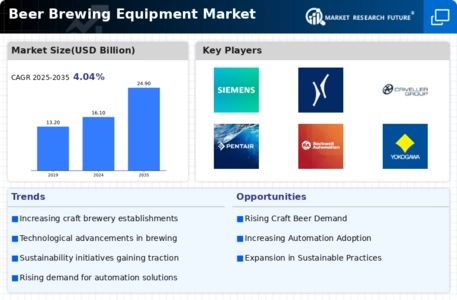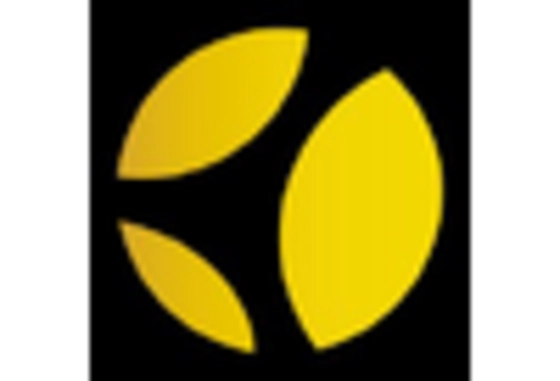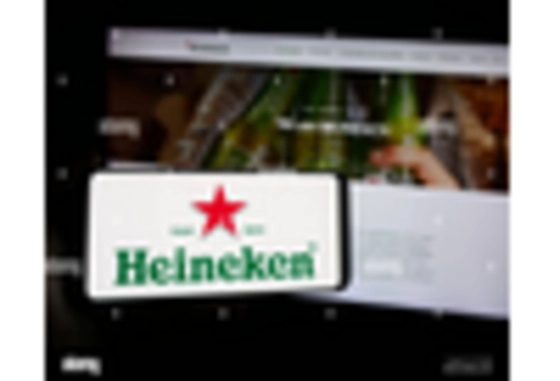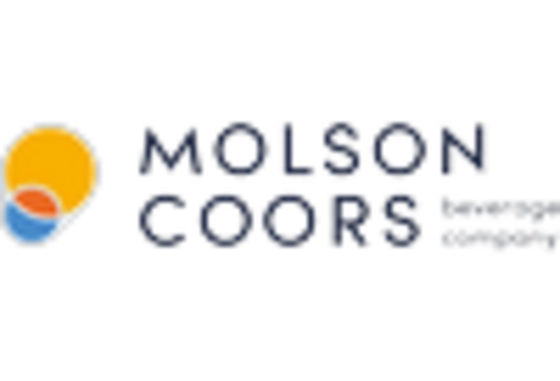Home Brewing Popularity
The Beer Brewing Equipment Market is witnessing a significant rise in home brewing activities, as more individuals engage in the craft of brewing beer at home. This trend is largely attributed to the increasing availability of home brewing kits and equipment, which cater to both novice and experienced brewers. Market data suggests that the home brewing segment has expanded by nearly 15% in recent years, reflecting a growing interest in personalized brewing experiences. As consumers seek to create unique flavors and experiment with different ingredients, the Beer Brewing Equipment Market is poised to benefit from this burgeoning interest, leading to innovations in home brewing technologies and equipment.
Increasing Demand for Craft Beer
The Beer Brewing Equipment Market is experiencing a notable surge in demand for craft beer, driven by a growing consumer preference for unique and artisanal beverages. This trend has led to an increase in the number of microbreweries and craft breweries, which in turn fuels the demand for specialized brewing equipment. According to recent data, the craft beer segment has seen a growth rate of approximately 20% annually, indicating a robust market potential. As consumers seek out local and innovative flavors, the Beer Brewing Equipment Market is likely to expand to meet these evolving preferences, necessitating advanced brewing technologies and equipment to enhance production capabilities.
Sustainability Trends in Brewing
The Beer Brewing Equipment Market is increasingly aligning with sustainability trends, as both consumers and producers prioritize environmentally friendly practices. Breweries are adopting sustainable brewing methods, such as water conservation, energy efficiency, and waste reduction, which necessitate the use of specialized equipment designed for these purposes. Market data reveals that breweries implementing sustainable practices can reduce operational costs by up to 25%, making it a financially viable option. As the demand for eco-friendly products rises, the Beer Brewing Equipment Market is expected to evolve, with manufacturers focusing on developing equipment that supports sustainable brewing processes and minimizes environmental impact.
Expansion of Distribution Channels
The Beer Brewing Equipment Market is benefiting from the expansion of distribution channels, which enhances accessibility for breweries and home brewers alike. The rise of e-commerce platforms and specialized retail outlets has made it easier for consumers to acquire brewing equipment and supplies. Recent statistics indicate that online sales of brewing equipment have increased by approximately 30%, reflecting a shift in consumer purchasing behavior. This expansion not only facilitates access to a wider range of products but also encourages new entrants into the brewing market. As distribution channels continue to diversify, the Beer Brewing Equipment Market is likely to experience sustained growth, driven by increased consumer engagement and market participation.
Technological Advancements in Brewing Equipment
The Beer Brewing Equipment Market is significantly influenced by ongoing technological advancements that enhance brewing efficiency and quality. Innovations such as automated brewing systems, temperature control technologies, and advanced fermentation processes are becoming increasingly prevalent. These advancements not only improve the consistency and quality of the final product but also streamline production processes, allowing breweries to scale operations effectively. Market analysis indicates that the adoption of smart brewing technologies could increase operational efficiency by up to 30%. As breweries strive to remain competitive, the Beer Brewing Equipment Market is likely to see a continued investment in cutting-edge technologies that facilitate improved brewing practices.


















Leave a Comment